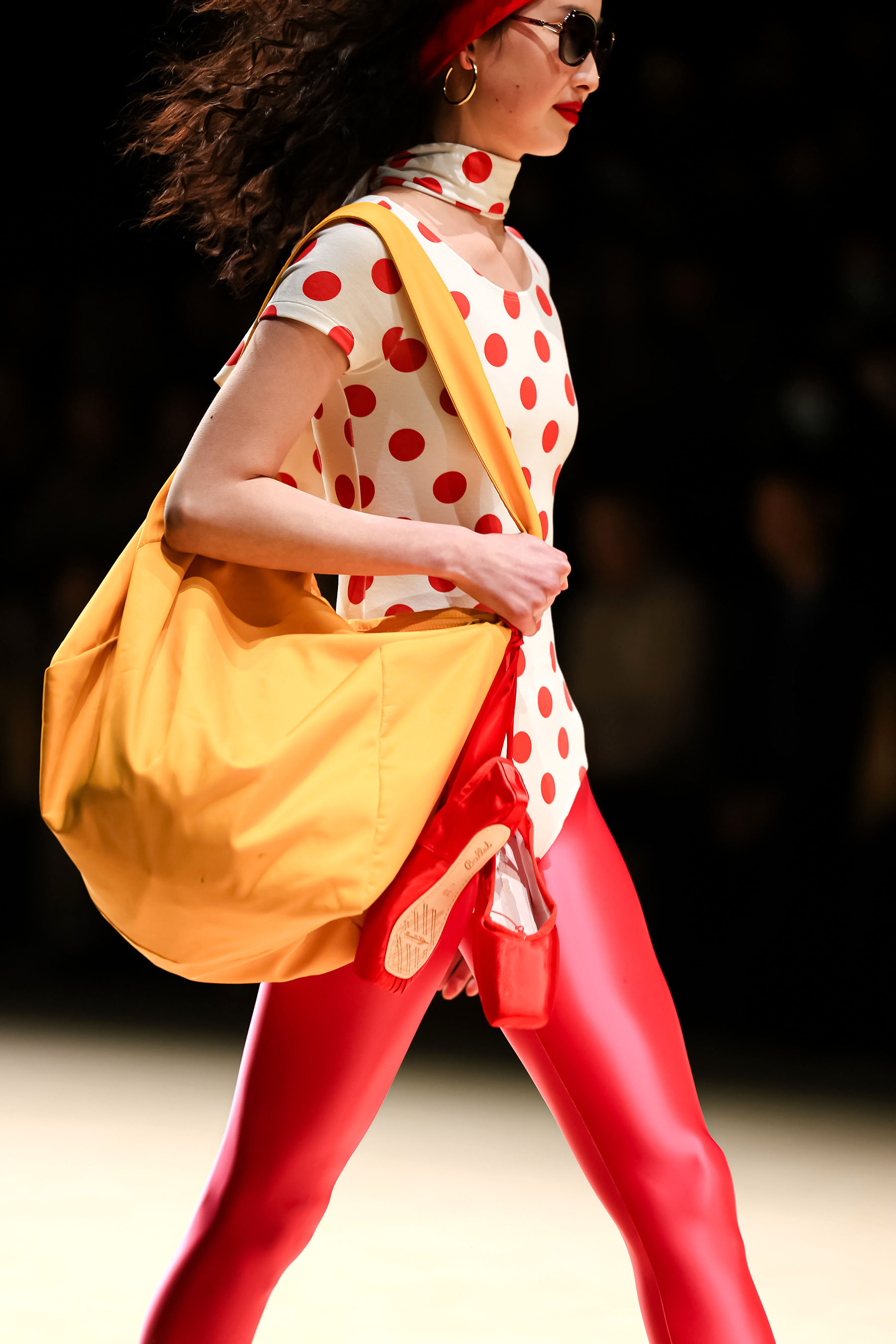
In an era of abundant consumer choices, traditional Chinese fashion brands are redefining their market presence by blending heritage with innovation. At the recent Shanghai Fashion Week, two iconic labels — Threegun and EP Yaying — demonstrated how time-honored brands can thrive in the modern marketplace by balancing traditional style with contemporary appeal.
Threegun, a legacy brand founded in 1937 known for its cotton underwear, marked its 88th anniversary with a retro-themed showcase at Shanghai Fashion Week. The brand's theme Past, Present, and Future highlighted its evolution from functional intimates to versatile fashion essentials.
"We recognized a shift in consumer behavior where younger generations seek clothing that offers both inner comfort and outer style," says Chen Jiaorong, general manager of Shanghai Dragon Corporation, the parent company of Threegun.
READ MORE: Trade week paints a positive outlook
To meet this demand, the brand leveraged advanced technologies, developing multifunctional materials such as moisture-wicking, antibacterial, and ultra-thin textiles. These innovations allow Threegun's garments to serve a dual purpose — foundational layers or stand-alone outerwear.
Chen acknowledges the challenges of merging tradition with trendiness, particularly in overcoming younger consumers' disinterest in conventional thermal wear and integrating online and offline retail strategies. However, Threegun turned these hurdles into opportunities by collaborating with aerospace research institutes to adapt space-grade fabric technologies for civilian use.
"These materials, designed for astronauts' high-metabolism environments, feature moisture management, antibacterial properties, and thermal regulation, qualities now being integrated into everyday apparel," Chen explains.
Cultural collaborations have also revitalized the brand. By partnering with institutions like the Palace Museum, the brand infuses traditional motifs into modern designs, creating pieces that resonate with both heritage and contemporary aesthetics.
Last month, an immersive pop-up exhibition on Huaihai Road in Shanghai showcased the brand's legacy and innovation through interactive experiences. "Through youthful marketing strategies, we forge an emotional bond between the brand and the next generation of consumers," Chen says.
According to Ni Guohua, chairman of Shanghai Dragon Corporation, expanding overseas is critical for the evolution of traditional brands. Since 2018, Threegun has established manufacturing hubs in Africa and utilized cross-border e-commerce for online sales with strategic offline positioning in Asian, African and European markets, aligning with the Belt and Road Initiative.
"Our global approach combines Chinese research and development with local adaptation, catering to diverse preferences like the minimalist designs in Europe and breathable fabrics in Southeast Asia. With established sales networks, our next target is the Middle East," says Ni.
If Threegun's transformation epitomizes the fusion of technology and textiles, then EP Yaying's evolution signifies its dedication to traditional aesthetics while seamlessly incorporating Western tailoring.
Established in 1988, EP Yaying made its Shanghai Fashion Week debut with a collection centered on "philosophy of balance". The show opened with a fusion of traditional Kunqu Opera melodies with guitar music, symbolizing a cross-temporal dialogue between heritage and innovation.
"The clothing we design is not just about aesthetics but also harmonizing humans and nature, and awakening our inner energy," says Tian Ling, creative director of EP Yaying. The brand's designs incorporate intangible cultural heritage techniques such as Miao embroidery and batik alongside rare materials like yak wool to create garments rich with cultural depth.

The brand has also collaborated with artisans like Miao ethnic group's paper-cutting master Yang Jinqiu and Su embroidery (from Suzhou, Jiangsu province) inheritor Zou Yingzi to translate traditional crafts into contemporary fashion narratives. "Our goal is to allow modern consumers to experience the profound heritage of Chinese culture through our designs," Tian adds.
The brand further explores cultural evolution with the exhibition Time: Weaving Peony Dreams, curated alongside renowned cinematic costume designer Huang Wei. The exhibition delves into the evolution of Chinese clothing from the Tang (618-907) and Song (960-1279) dynasties to the present day, seamlessly blending traditional elements with modernity. It also features costumes co-created with the Palace Museum, highlighting intangible cultural heritage techniques such as Miao and Su embroideries.
ALSO READ: 'New style' wave combines the past and modern
"Each garment in the series co-created by Yaying and the Palace Museum encapsulates a moment in history, embodying the cultural essence of various dynasties and ethnic groups," Huang says.
The two brands exemplify how tradition can thrive in a competitive market by embracing technology and cultural heritage. Chen notes: "The rise of guochao, or Chinese fashion trends, with technological empowerment and global expansion, presents unprecedented opportunities for traditional brands."


